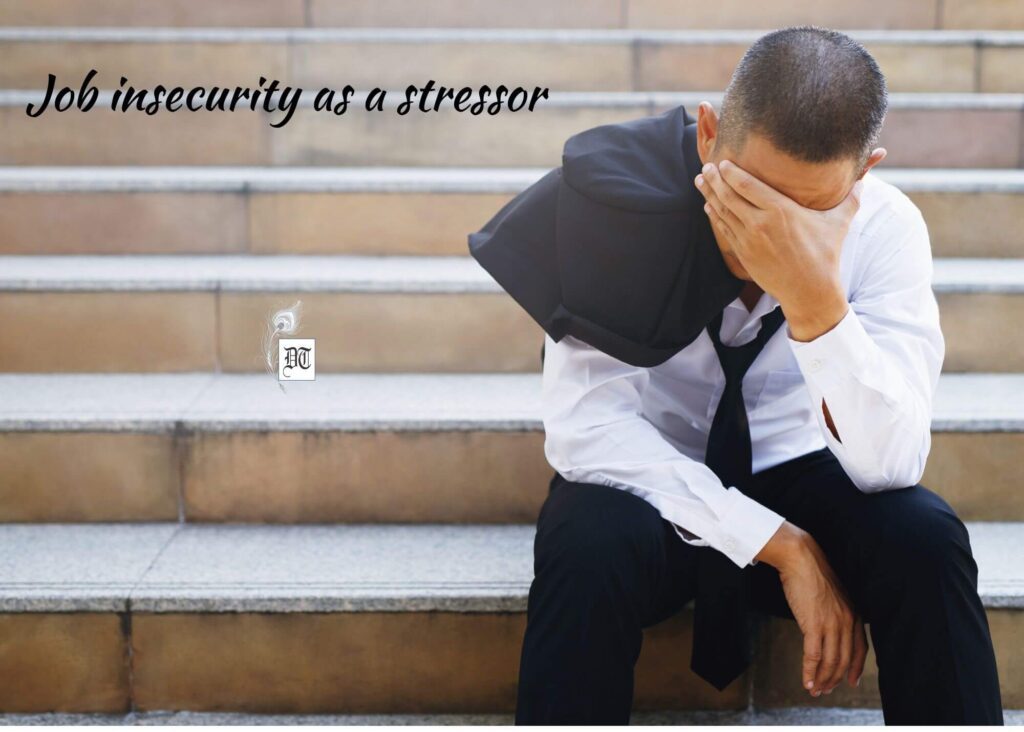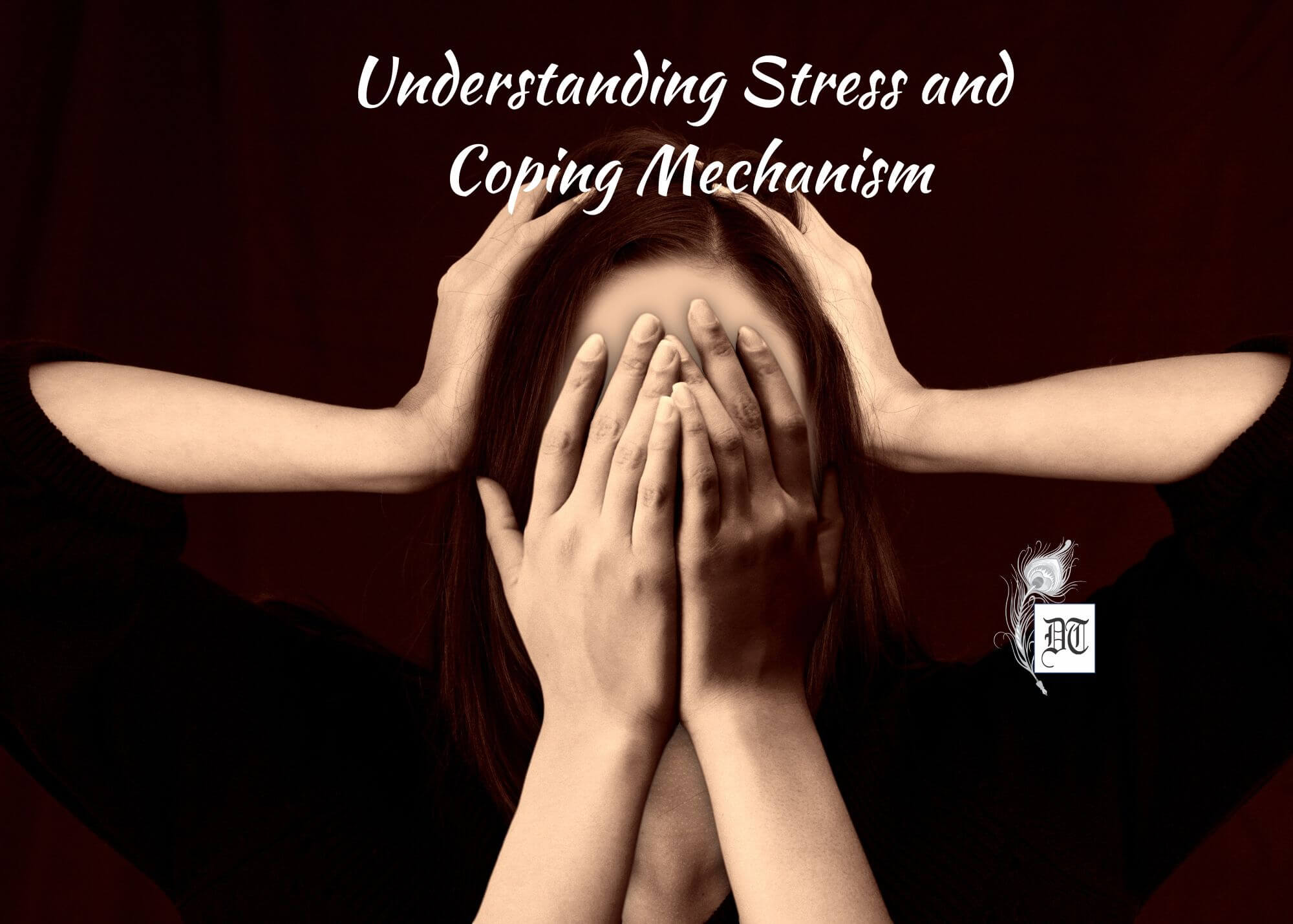Anumita highlights stress’s impact on diverse demographics and cultures, necessitating stress assessment and coping strategies to manage financial difficulties, time constraints, interpersonal interactions, and cultural perspectives, exclusively for Different Truths.
“Has anything happened in your life recently that has caused stress?” This is a very common question that nurses or doctors ask during regular or sick visits. This was a question not heard until a few years ago. What changed? Are we living with increased stress today? Or did we realise that stress happens to everyone and that there are various forms of stressors other than the most obvious ones?
All these questions have specific reasons that need research. Stress is good in some form, as it helps us stay safe and to some extent, motivates us to do better. But when it becomes unmanageable and persists, stress becomes debilitating. According to Graf, Melton, and Gonzales (2010), the top stressors for college students include money, academic pressure, time management, friends, and family (p. 24). During early adulthood, when most individuals are in the mode of becoming independent, both economic and social stressors take on a new meaning that either motivates or is a hindrance to success. Most of us have experienced these stressors in some form or another, even after the completion of student life. The stressors of money and relationships are common denominators for every age, culture, and time.
Stressors can be silly things like traffic, the weather, and your neighbour’s barking dog.
Stressors can be silly things like traffic, the weather, and your neighbour’s barking dog. Some factors are not in our control, like natural calamities, war, political unrest, terminal illness, and epidemics or pandemics. These forms of stressors take a toll on the masses and can often be widespread.
Social media has created another level of stressors consisting of body image, lifestyle, material gains, being the it-person, and so on. It affects not only the younger generation but also the older population, who frequently fall prey to these lures. Bigger houses, nicer cars, fabulous parties—the list is never-ending.
Everyone is affected to a different degree, so we need to take our time and decipher our stressor components. The process of evaluating the level of stress, the way it affects the individual, and the coping mechanisms for it are called stress appraisal. Appraisal is exactly what the word means—the defining of the value. In this case, the intensity, longevity, and the effect stress have on the individual. This can help to find and evaluate the coping mechanisms for each and find a balance. Appraisal can be primary or secondary. The primary appraisal of stress is finding the potential for a threat, and the secondary appraisal is finding resources and coping strategies for the perceived threat.
Stressors vary in form and change in different cultures.
Stressors vary in form and change in different cultures. The list is so extensive that one paper will not be able to cover them all. The common components of everyday stress are money, time management, friends and family, and cultural diversity.
Money and Stress
A survey by the American Psychological Association, posted by Becker, found that 80% of Americans are stressed about their finances. In which almost 50% are stressed about their ability to provide for their family and their job security. This is a staggering figure for a country that is known as the land of opportunity. Monitory insecurity and financial difficulty are major concerns all over the world. Poverty seems to add to stress levels, which can have adverse effects on both the body and mind. As Elizabeth Scott (2023) mentions, stress due to finances can cause depression, social withdrawal symptoms, and anxiety, as well as physical symptoms like headaches and stomach aches (para 7).
The inability to get medical care and not having insurance can have a direct impact on… financial stress.
The inability to get medical care and not having insurance can have a direct impact on the physical component of financial stress. Let us face it, medicine and treatments are expensive, and often insurance does not cover preexisting conditions and many procedures. A financial deficiency and inability to receive treatment would be double stress for the individual and his family.

Time Management
Time is a factor that is often the basis of major forms of stress. From the early morning until way after nightfall, everyone is rushing to get things done. 24 hours seem to be less, and the rat race is in high frenzy. School, college, job, chores of family, and home, work like a train without brakes.
According to the Mclean Hospital, eustress is the healthy form of stress that provides positive feedback with satisfaction when work or chore is completed, and distress is the negative stress that brings dissatisfaction and anxiety (para 17). Distress also causes burnout in academics, in careers, and even in relationships. The result of this distress shows up in the form of ailments of the body and mind. Time management in an extensively busy life has become one of the basic factors of mental health disturbance in the present time.
Friends and Family
Family and friends are the basic building blocks of our social fabric. It is through this social group that an individual learns social norms and values. As Litner and Lamoreux (2022) mention, when stress is caused by a loved one it brings in untold pain. Children, parents, relatives, extended family, friends, colleagues, classmates, and neighbours can be the source of stress due to various reasons (para 1). The common stressors are expectations, equality of job distribution, and level of achievement.
Job distribution or inequality of responsibility is often an issue in the family and workplace structure.
Job distribution or inequality of responsibility is often an issue in the family and workplace structure. It can also impact the neighbourhood structure if it is a community. The expectation of a high level of achievement often affects students of all levels and to some extent the breadwinner of the family. Deng et al. (2022) state, “Parental participation and learning affect how parents treat their children, as well as how they handle their children’s habits and cognitive processes” (pg. 3). This is often believed to be part of a collective culture. Collectivist cultures’ norms usually attach the importance of success to the family structure.
The stress of not being able to succeed with flying colours and setting a predictable life course often leads to serious mental issues and even suicides. The Centers for Disease Control and Prevention (CDC), points to a survey conducted by the National Youth Risk Behavior Survey (2015), that almost 14% of high school students in America with mostly A grades consider suicide (para 3). These statistics do not appropriately reflect the data around the world, nevertheless, it is very concerning.
Cultural Perspective
Social norms, psychological thought processes, and values of different cultures often perceive and handle stress in varied ways. As Aldwin (2004), explains that different cultures can affect stress and the following coping procedure in four ways. Primarily it shapes the type of stress, then affects its appraisal according to the values and norms. For the next step, it influences the choice of coping mechanism, and finally the availability of the type of social aid or institutional provision of that culture (p 565).
World cultures are broadly divided into individualistic and collectivistic.
World cultures are broadly divided into individualistic and collectivistic. The Americas and Europe majorly follow the individualistic culture. Collectivistic culture is more predominant in Asia and Africa. There is enough research done to find which culture applies more value to stress and which one has the better mechanism to cope. There is a mixed result with the findings but it is found that collectivistic culture values the group rather than the individual and often a social support system is present. This is applicable slightly differently for those who migrate to different cultures and start the process of acculturation and often the collectivistic culture is at an advantage in this position. Du et al. (2015), very clearly state that collectivistic culture has cultural self-efficacy which in turn is their protective factor against stress and depression (pg. 4). The world has become a potpourri of different cultures and so often the cultural divide becomes muddled.
Conclusion
Stress affects everyone, irrespective of age, sex, time, culture, race, or geographical location. Physical and psychological ailments are side effects of prolonged and extensive stress. Stress appraisal of value and coping mechanisms often differs in individualistic and collectivistic cultures. Despite the difference in stress appraisal the most common stressors are money, time management, friends, and family. Some stressors are man-made and are driven for higher materialistic gain and some are natural disasters or illnesses. Social support, change of lifestyle, close-knit family, and self-efficacy are some of the coping mechanisms to tackle the negative effects of stress.
Reference
1. Aldwin, Carolyn. Culture, Coping and Resilience to Stress. Researchgate.2004
2. Becker, Joshua Becker. “How to Cope with Financial Stress.” Verywell Mind, www.verywellmind.com/understanding-and-preventing-financial-stress-3144546#:~:text=Financial%20stress%20can%20lead%20to.
3. Bland, Helen, et al. A Qualitative Study of Stressors, Stress Symptoms, and Coping a Qualitative Study of Stressors, Stress Symptoms, and Coping Mechanisms among College Students Using Nominal Group Mechanisms among College Students Using Nominal Group Process Process. 2010.
4. Deng, Yuwei, et al. “Family and Academic Stress and Their Impact on Students’ Depression Level and Academic Performance.” Frontiers in Psychiatry, vol. 13, no. 869337, 16 June 2022, www.ncbi.nlm.nih.gov/pmc/articles/PMC9243415/, https://doi.org/10.3389/fpsyt.2022.869337.
5. “Do You Manage Your Time Well? | McLean Hospital.” Www.mcleanhospital.org, Mass General Brigham, 23 Apr. 2022, www.mcleanhospital.org/essential/do-you-manage-your-time-well.
6. Lamoreux, Karen. “Family Stress: Types, Causes, Solutions.” Psych Central, 7 Apr. 2022, psychcentral.com/stress/tips-to-reduce-family-stress.
7. Making the Connection: Suicidal Thoughts and Behaviors and Academic Grades Making the Connection: Suicidal Thoughts and Behaviors and Academic Grades Summary 11% of US High School Students With. US Department of Health and Human Service, 2015.
Picture design by the author





 By
By
 By
By
 By
By
Excellent article. Stress is the big killer!
Everything gets on our nerves these days.
Much needed information and guidance.
Thank you for taking the time to read. Yes, precisely we are all so stressed about everything that happens around us, that often we forget to live the here and the now.
Very nice and informative article. Liked the analysis of stress on different situations, makes it easy to handle.
Thank you, Tapati di. It means a lot coming from you.